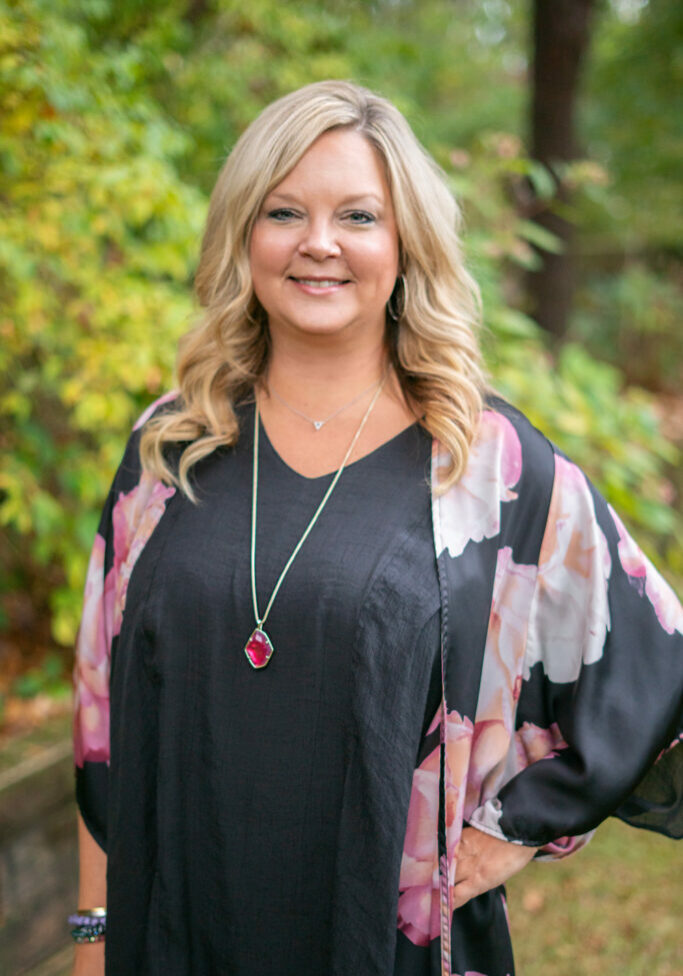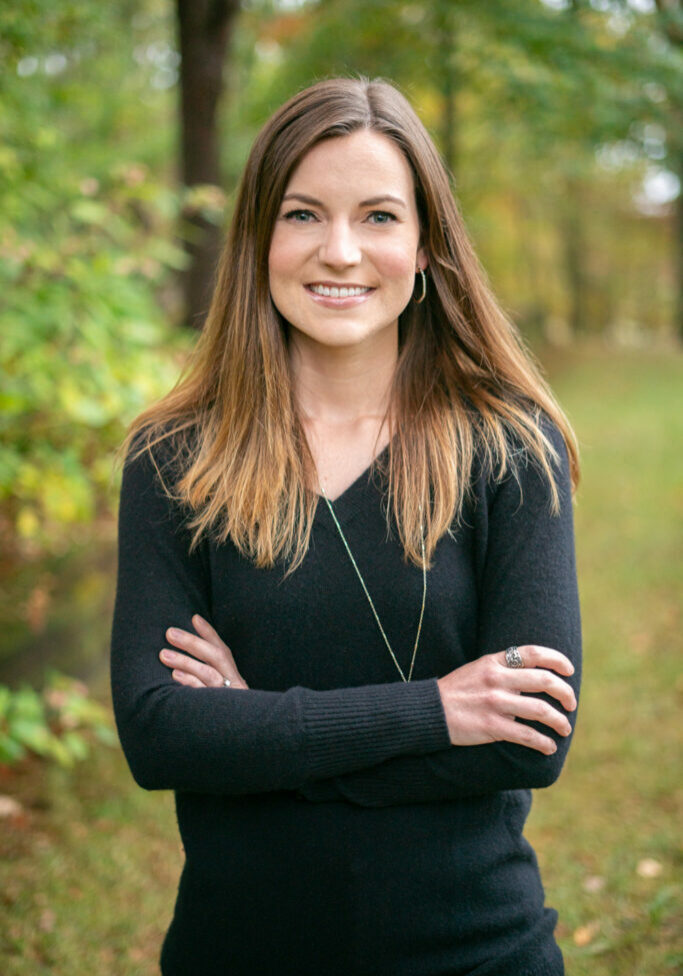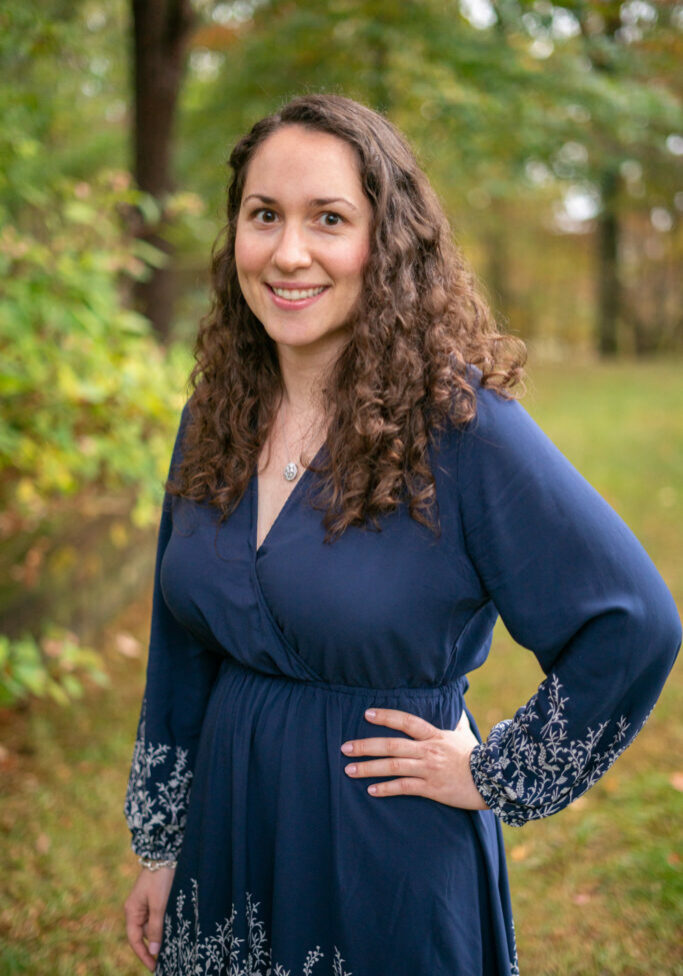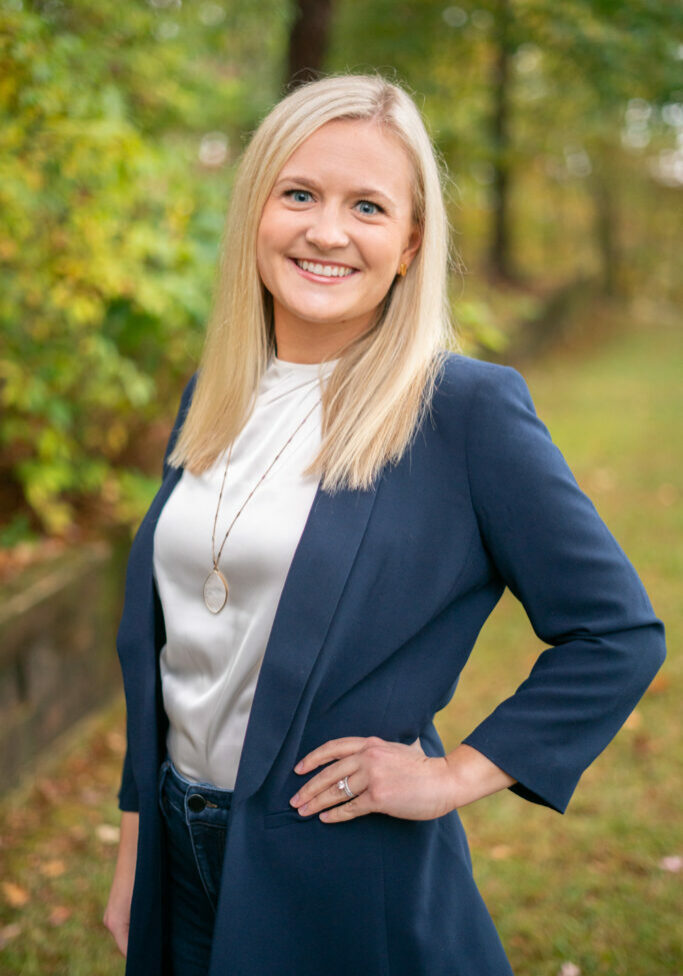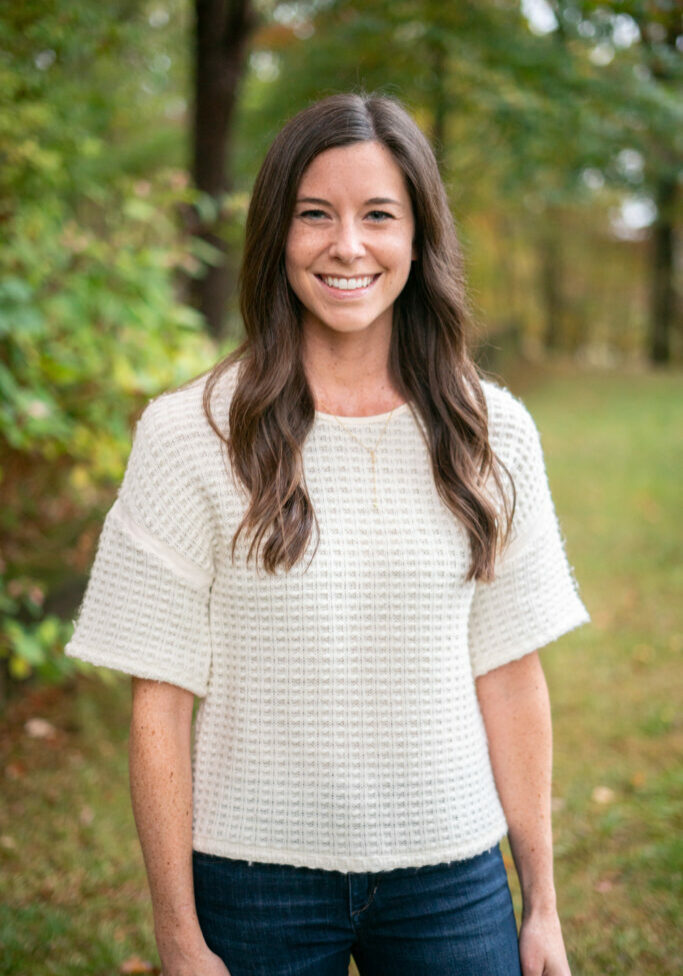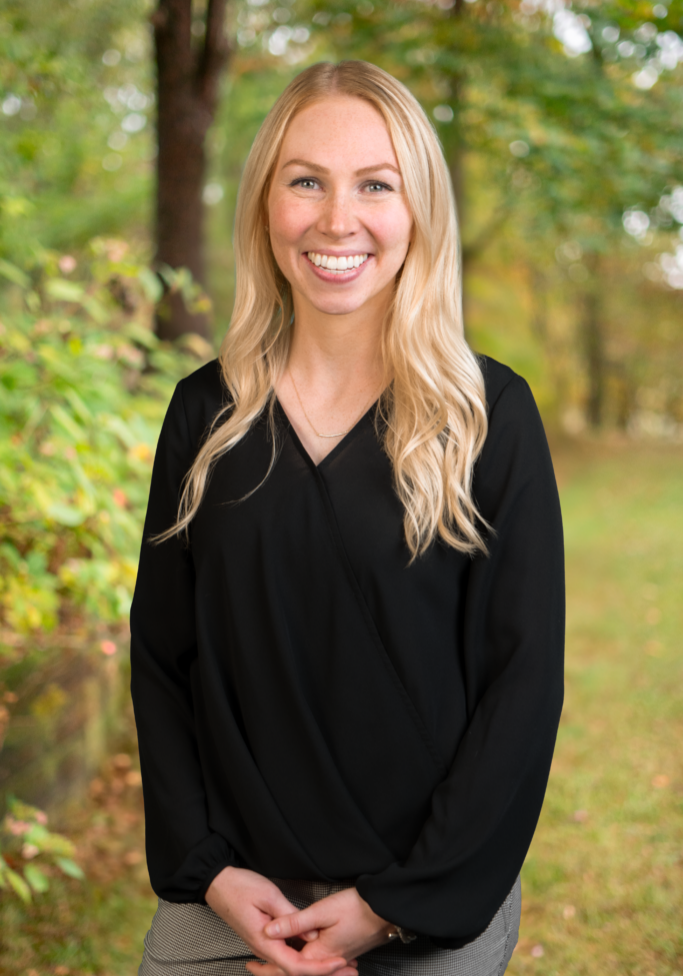Your Child’s Vision Development
None of us is born with fully developed eyesight.
It takes time for the structures of our eyes to finish growing, and it also takes time to learn how to use them. As parents, it’s important to understand how eyesight develops so that we can encourage healthy vision in our children and recognize problems if they arise.
Healthy Vision Development Timeline
For infants, everything is mostly a grayish blur. Over the first six months, colors and details emerge, but they still need to learn how to focus their eyes, follow objects, develop depth perception, use their eyes as a team, and mentally process what they’re seeing. By age one, they should begin learning hand-eye coordination and understand object permanence. Most children are somewhat farsighted until their early school years, by which point their vision reaches its full development.
Signs Of Vision Problems
If your child takes a little longer to reach the different developmental steps, it isn’t automatically a sign that something’s wrong. Everyone moves at their own pace. However, there are a few things to watch out for:
- Misaligned or crossed eyes
- White or grayish-white color in pupil
- Eyes that quickly flutter side-to-side or up and down
- Complaints of eye pain or itchiness
- Redness that persists longer than a few days
- Pus or crust in one or both eyes
- Constantly watery eyes
- Drooping lids
- Light sensitivity
For children preschool and elementary age, difficulty with reading or focusing on up-close tasks for longer periods of time could indicate an undiagnosed vision problem, so make sure to schedule them a comprehensive eye exam. Don’t just rely on the big E chart in the school nurse’s office, because there are many common vision problems it can’t detect!
Help Your Child Learn Vision Skills
In addition to watching for symptoms of eye problems, as parents we can also help our children master visual skills and encourage good eye development. For the first six months, you can play peek-a-boo, move objects in front of them, and fill their environment with bright colors.
In the next six months, you can encourage hand-eye coordination with lots of colorful objects for them to grab and play with, and as soon as your baby gets bored of peek-a-boo, move on to playing hide-and-seek with their toys.
After their first birthday, they’ll love balls for further hand-eye coordination practice, as well as balance and comprehension. By age two, they’ll be ready for their artistic debut with crayons and will enjoy stacking blocks.




